Guided visual imagery is a great way not just to manage negativity and stress, but to harness your scientific, creative and artistic capabilities. Visual guided imagery is a meditative practice that includes suggestions and directed thoughts that guide your imagination toward a more focused and relaxed state. It helps you create desired effects in your body and evoke positive images in your mind. All of my programs utilize the most effective visual guided imagery techniques and technologies.
Showing all 120 results



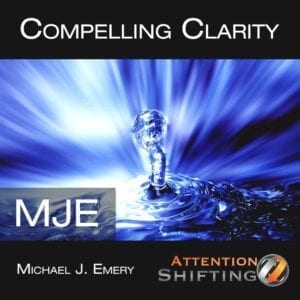






















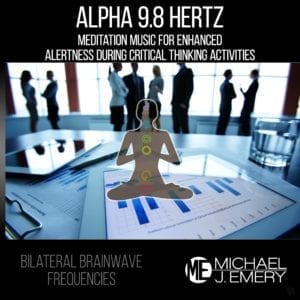




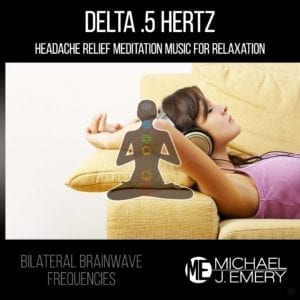








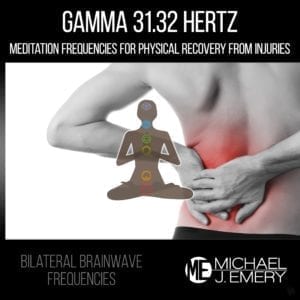
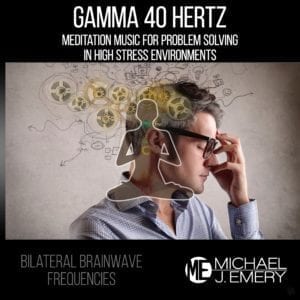













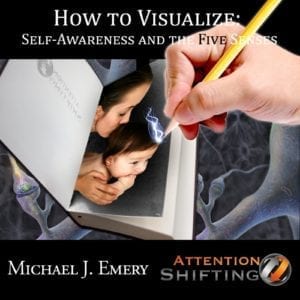
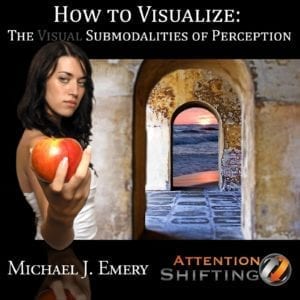













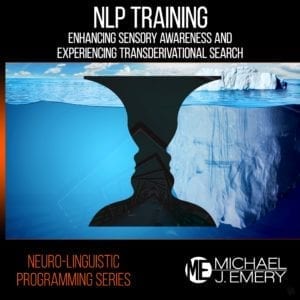
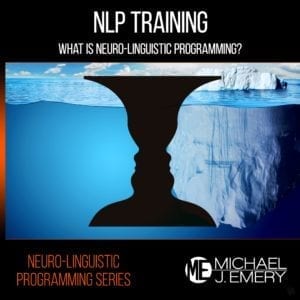


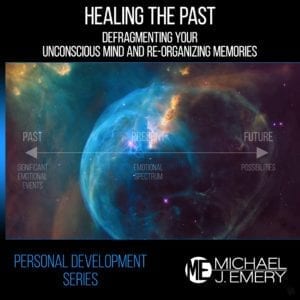



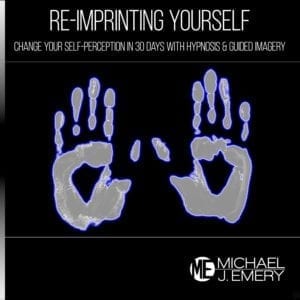










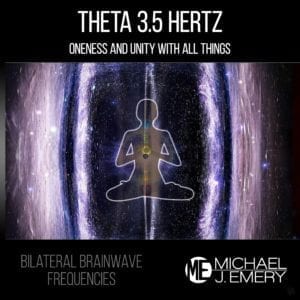
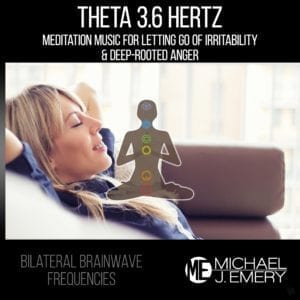





























You probably want to manage negativity and stress in your life in the best way possible and one powerful way is to use guided visual imagery. As we all know, stress can grow to something bigger if it is not well managed or left unchecked. For most people, antidepressants are the ideal way to deal with depression, but there are more effective practical ways of managing everyday stress.
Relaxation techniques like meditation, visualization, and particularly guided imagery, have mind-blowing results when it comes to pain relief, mental focus, and relaxation. With that in mind – what is guided visual imagery? Well, guided or mental imagery is a meditative practice that includes suggestions and directed thoughts that guide your imagination toward a more focused and relaxed state. It helps you create desired effects in your body and evoke positive images in your mind. For instance, it can help energize or calm you, and help you focus on positive thoughts by releasing negative emotions.
In general, mental imagery includes four phases: image generation, image maintenance, image inspection, and image transformation. These stages heighten emotion, intuition, empathy, abstract thinking, sensitivity to music, laughter, and openness to spirituality. While meditation, visualization, and guided imagery are quite similar, imagery is usually directed either by audio, video, or written scripts.
As any other relaxation technique, guided imagery has multiple uses. In many instances, imagery is used to lower blood glucose levels and cholesterol, reduce blood pressure, and improve immune cell activity. That’s not all. It lessens pain and headaches, accelerates weight loss, and reduces the adverse effects of radiation therapy and chemotherapy. It also comes in handy during surgeries to reduce blood loss. What’s more; you can increase your writing, acting, and singing skill with guided imagery. Or prepare for public speaking or any sporting activity, such as athletics, skiing, tennis, or skating.
Absolutely. You can record your own voice or used our guided visual imagery audios. The best part about guided imagery is that anyone can use it, though women and children are slightly more naturally advantaged. Anyway, imagery knows no barriers of class, gender, age, class, race, or education. With the help of a trained teacher or practitioner, you can be able to generate and evoke mental images that re-create or simulate the sensory perception of sounds, sights, tastes, smells, movements, and images, as well as mental or imaginative content that you experience, to produce strong feelings and emotions that relax your mind and body.
It’s recommended to inform your therapist or doctor of any alternative therapy you are using or thinking about combining with your usual medical treatment. It is not safe to replace your conventional medical treatment with alternative therapy without medical advice.
First, guided imagery is completely safe. No known risks are linked to it. In fact, it has no side effects like some herbal and medical therapies. On the other hand, for the benefits it provides, guided imagery is an excellent option for stress management. It can be easier than yoga or even exercise for those with physical challenges.
It is also easier to use compared to other relaxation techniques – it requires less discipline and time to master the skill. Only breathing exercises and progressive muscle relaxation methods require less practice than imagery. Keep in mind that the process is most effective if the person teaching it is well trained and experienced in imagery techniques.
Overall, guided imagery works best in alleviating symptoms of depression by combating negative emotions and thoughts. As you may know, loneliness and alienation are common feelings among depressed people. During metal imagery, you can visualize yourself in the company of loved ones. This will help you feel less lonely or alienated.
Explore audio program categories utilizing the best techniques in neuro-linguistic programming, Ericksonian hypnosis, brainwave frequencies, and guided visualization.